A replica of the Boeing 757-300.
Engine type: Rolls-Royce RB211-535E4-B
Credit to @GalacticaAsia for his original B757-200RR[W]
About the History of Boeing 757-300
in the late 1970s and its entry into service was in 1983, it wasn't until over a decade later in the mid 1990s that Boeing began to study a stretched development of its popular narrowbody twin. This new 757 stretch was covered by the 757-300X designation until its launch at the Farnborough Airshow in England in September 1996. The most obvious change over the 757-200 is the 300's 54.43m (178ft 7in) long fuselage, which is 7.11m (23ft 4in) longer than the standard aircraft (and only fractionally shorter than the 767-300). This fuselage stretch allows a 20% increase in seating to 225 to 279 passengers, depending on the interior configuration. Lower hold freight capacity is also increased by 40% over the 757-200 by virtue of the longer fuselage. Another feature of the 757-300 is its new interior which is based on that developed for the Next Generation 737 models. Features include a new sculptured ceiling, larger overhead bins, indirect overhead lighting and vacuum toilets. The 757-300 shares the 200's cockpit, wing, tail and powerplant options, although the 300 will feature strengthened structure and landing gear to cope with the increased weights, new wheels, tyres and brakes and a tailskid. The 757-300 first flew on August 2 1998, with certification in January 1999, and entry into service (with launch customer Condor - the charter arm of German flag carrier Lufthansa) in March 1999. The -300's 27 month development program from final configuration to planned first delivery is the fastest for any Boeing airliner (the 777-300 took 31 months for example). Other early customers are Icelandair, Arkia, Northwest, American Trans Air, Continental, and JMC Air.
Have a nice flight!
Specifications
General Characteristics
- Predecessor B757-200RR[W]
- Successors 3 airplane(s) +63 bonus
- Created On Android
- Wingspan 124.8ft (38.1m)
- Length 178.8ft (54.5m)
- Height 45.1ft (13.8m)
- Empty Weight N/A
- Loaded Weight 64,222lbs (29,130kg)
Performance
- Power/Weight Ratio 1.35
- Horse Power/Weight Ratio 0.046
- Wing Loading 24.0lbs/ft2 (117.0kg/m2)
- Wing Area 2,679.5ft2 (248.9m2)
- Drag Points 12030
Parts
- Number of Parts 458
- Control Surfaces 9
- Performance Cost 2,981

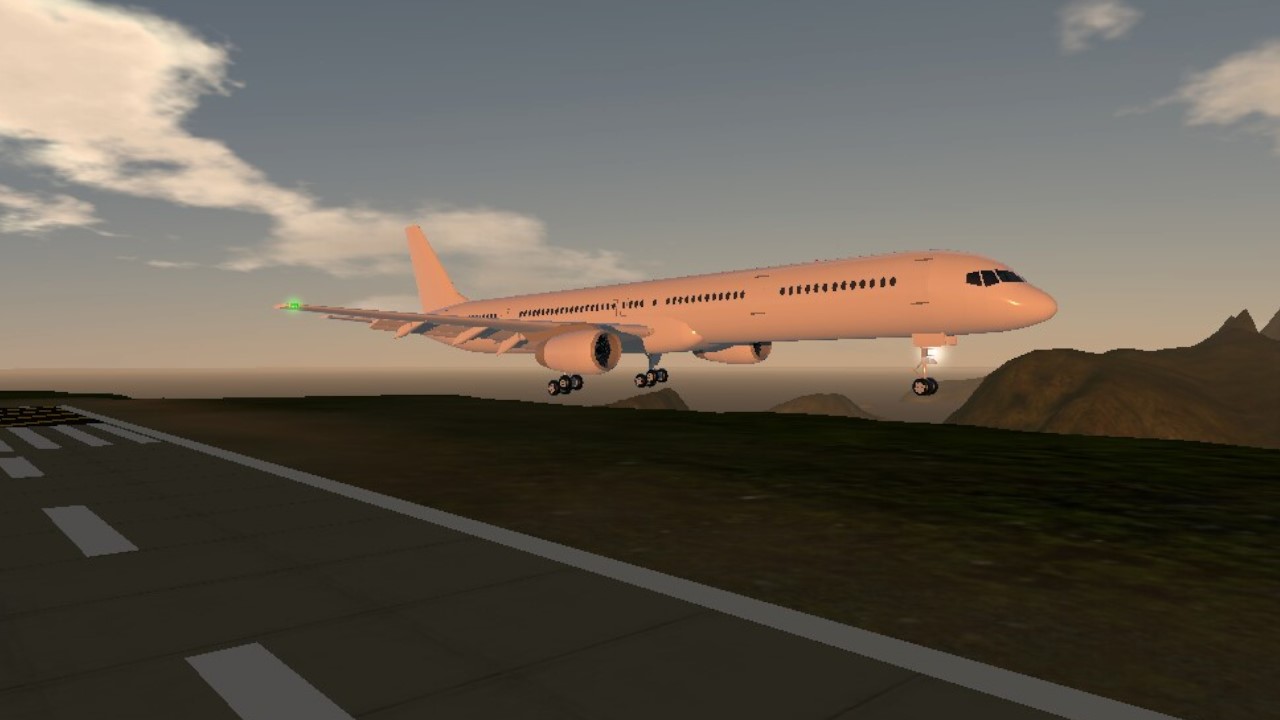
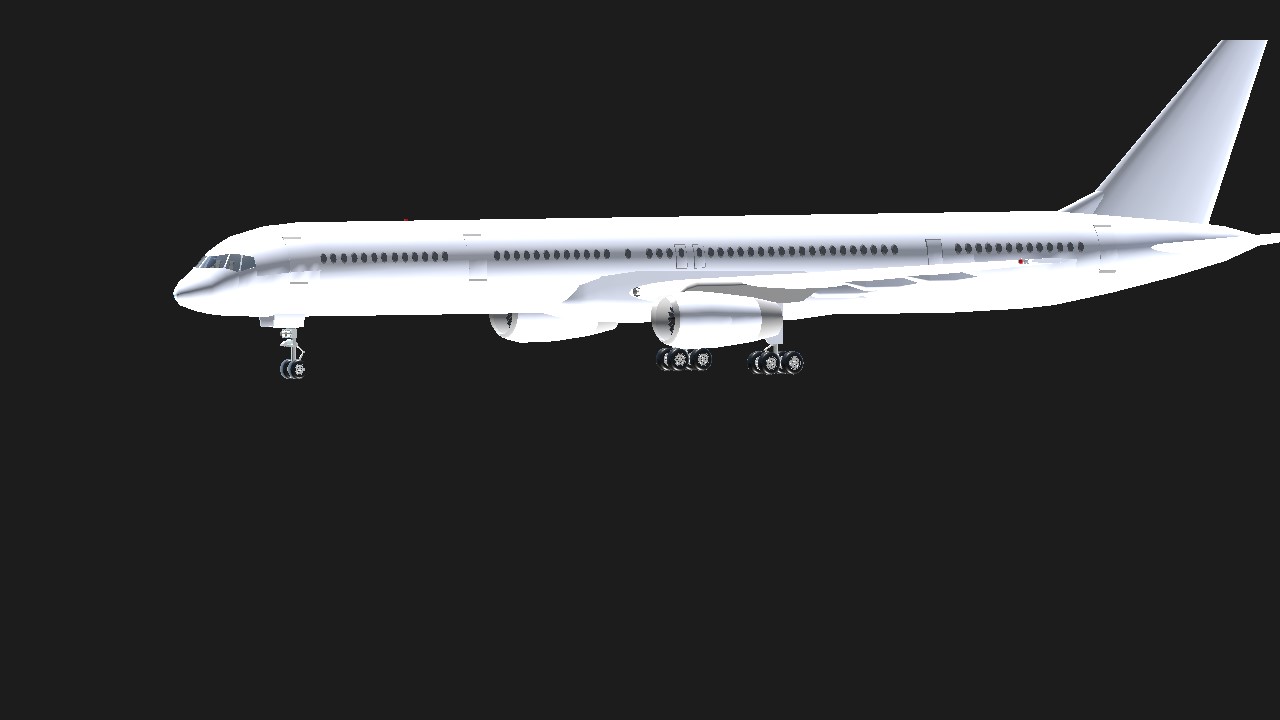
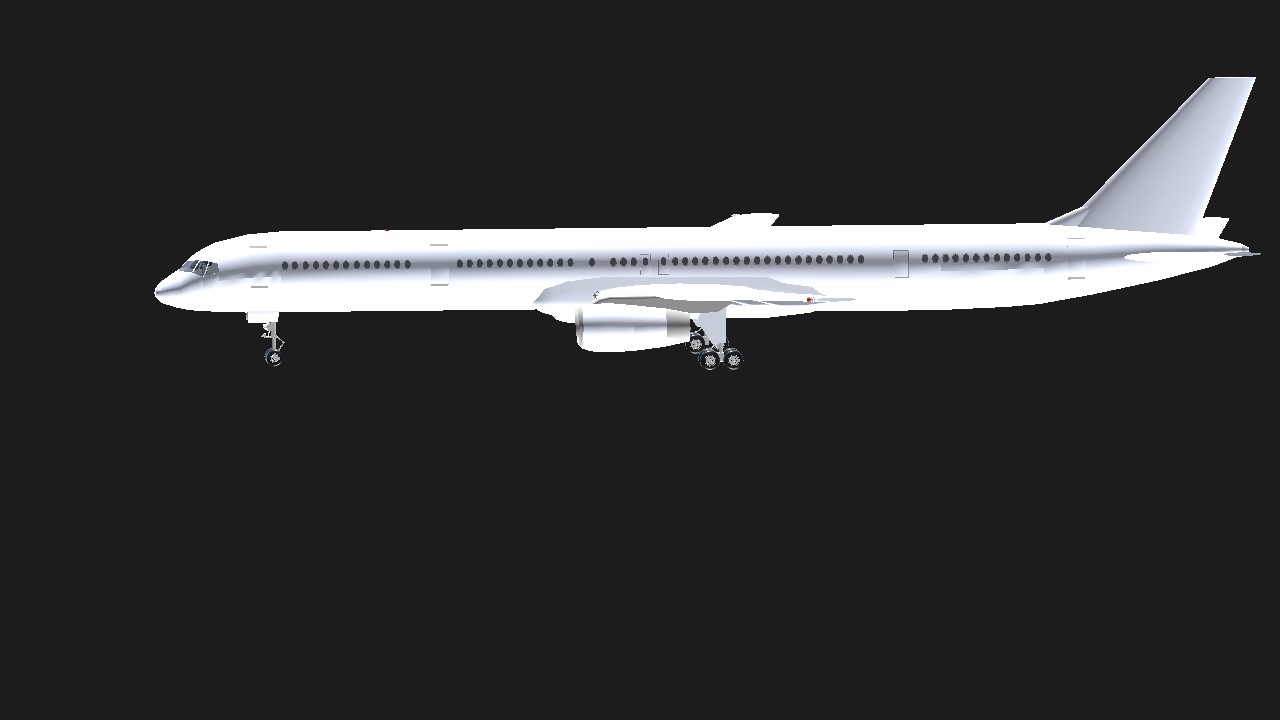
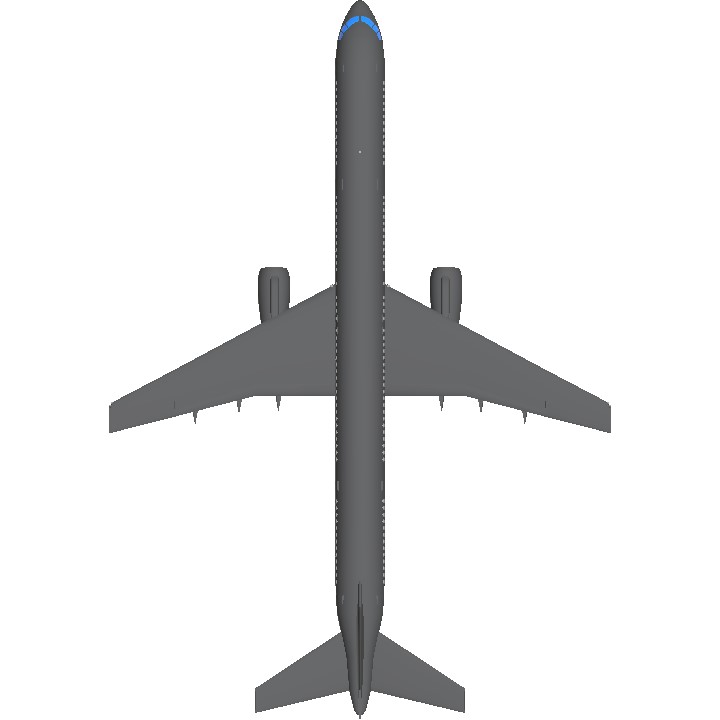
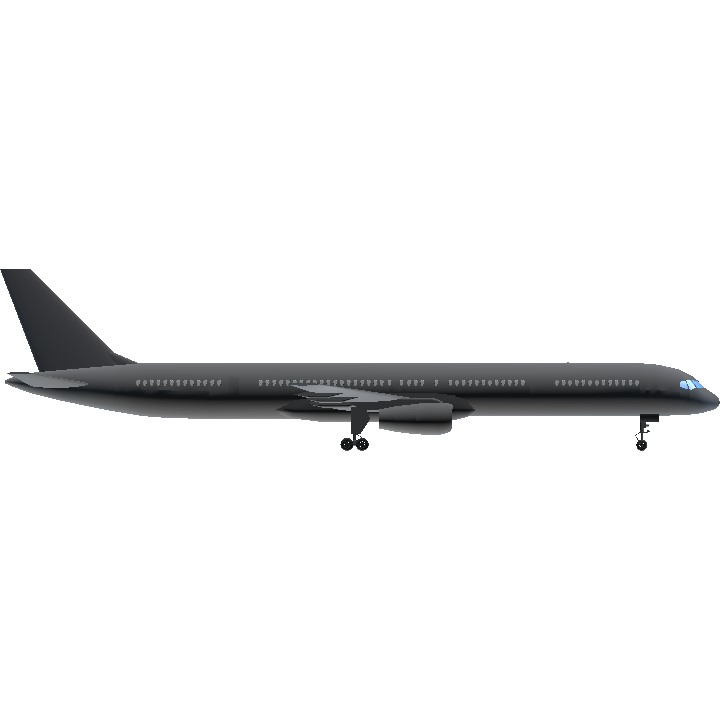
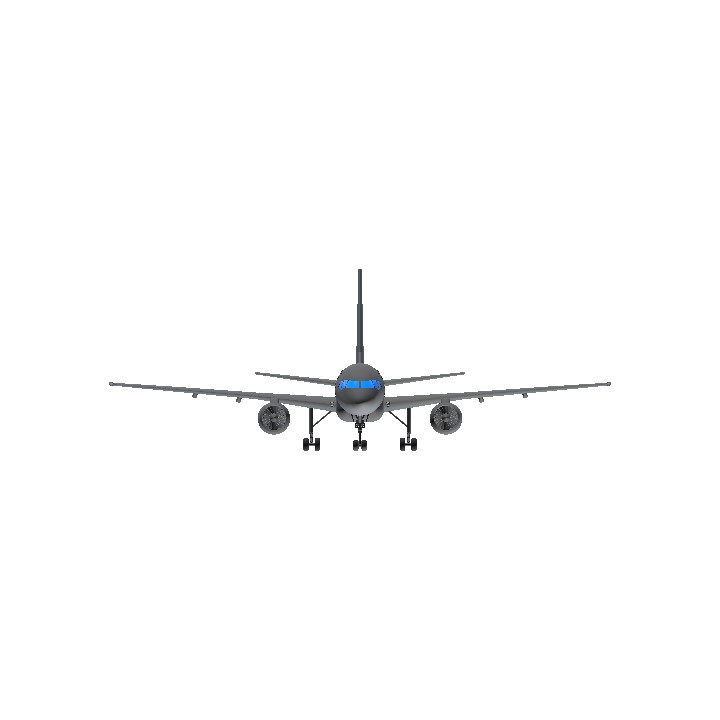
Reworked version has been released, link here
@CanadianAircraftBuilder I am aware, but still! The comment is breaking the section!
@CanadianAircraftBuilder Please stop breaking the comments!
@SUSSYMANXD Thank you!
Cool